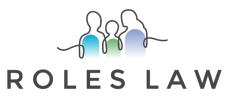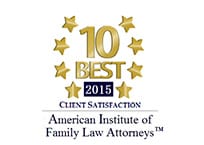Accidents can happen anywhere, and slip-and-fall incidents are no exception. When someone slips and falls on someone else’s property, the question of liability often arises.
Determining who is responsible for the accident is a necessary step in seeking compensation for injuries. You can take the appropriate action by exploring the factors that influence liability in a slip-and-fall situation.
Property owner’s responsibility
In many cases, the property owner is responsible for maintaining a safe environment for visitors. This includes regularly inspecting and addressing potential hazards. If the property owner neglects their duty and a hazardous condition leads to a slip-and-fall, they may be liable.
Employees’ actions
Employees working on the premises also play a role in slip-and-fall liability. If an employee causes a hazardous condition or fails to address one, their actions may contribute to the accident. Employers, in turn, may be responsible for the negligence of their staff.
Negligence and contributory factors
Liability often hinges on proving negligence. If the property owner or occupier acted negligently by failing to address a known hazard, the law holds them accountable. Additionally, if the injured person’s own actions significantly contributed to the accident, their level of responsibility may be a factor in the overall liability assessment.
Nature of the hazard
The nature of the hazard also plays a role in determining liability. If the hazard is “open and obvious,” meaning a reasonable person would have noticed and avoided it, the property owner or occupier may have a stronger defense. However, if the hazard is obscure or not easily noticeable, the liability may shift toward the property owner or occupier.
Slip-and-falls are the catalysts for over 1 million emergency room visits each year. If you experience a fall that leads to the hospital, you deserve to know who is liable so you can pursue your rightful compensation.




